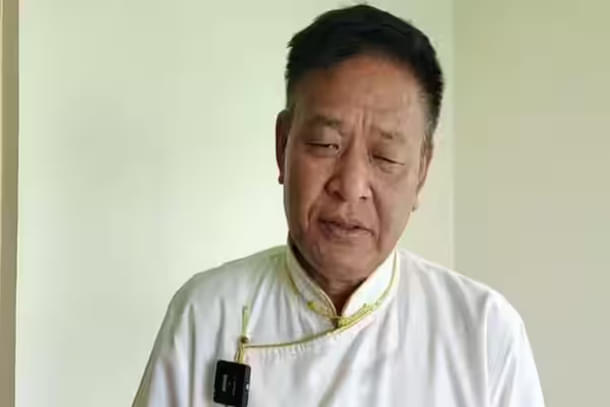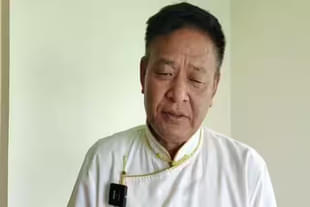News Brief
Amid India-China Border Standoff, Tibetan Government-In-Exile Opens Back Channel Talks With Beijing: Report
Nayan Dwivedi
Apr 25, 2024, 01:00 PM | Updated 01:00 PM IST
Save & read from anywhere!
Bookmark stories for easy access on any device or the Swarajya app.


In a significant development, the Tibetan government-in-exile has opened back-channel communications with China, marking the first contact between the two parties in over a decade.
Penpa Tsering, the Sikyong or political leader of the Central Tibetan Administration (CTA), revealed that these communications have been ongoing for more than a year, although no immediate breakthrough is anticipated.
“We do have back channel [communications] since last year, but we have no immediate expectations. It has to be long-term. We keep the communications going, it has been almost more than a year since we started the back channels,” Tsering said.
The back-channel talks, described by Tsering as "very informal," come amidst a backdrop of strained relations between India and China, particularly heightened by the military standoff in the Ladakh sector.
“They [the Chinese] are reaching out to us, it’s not us reaching out to them. But to hope for something at this juncture? It is not realistic,” Tsering added.
Also, Norzin Dolma, the Kalon or Tibetan minister for information and international relations, mentioned the uncertain nature of any concrete outcomes from these back-channel communications.
During the formal talks between 2002 and 2010, the Tibetan side had presented a memorandum on genuine autonomy for the Tibetan people to China, encapsulating their demands within the framework of the middle way policy.
However, misgivings on the Chinese side led to the abrupt termination of the talks.
Tsering also highlighted the heightened media attention on the Tibetan issue in India amid the border standoff, advocating for a more vocal stance from India at multilateral forums like the United Nations.
“We would definitely want India to be a little more vocal [on the issue of Tibet] at multilateral forums such as the UN," he said.
Nayan Dwivedi is Staff Writer at Swarajya.





